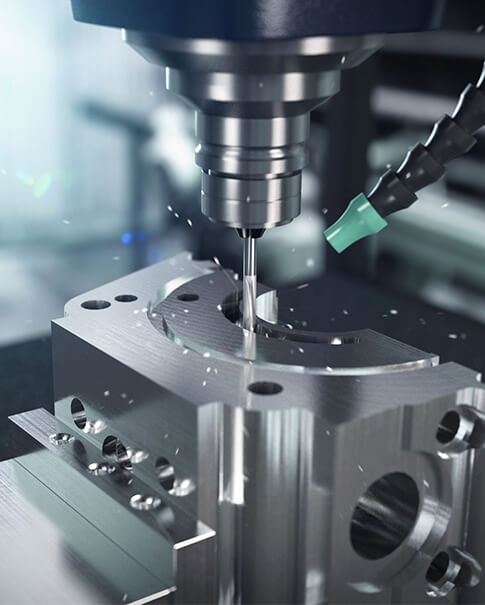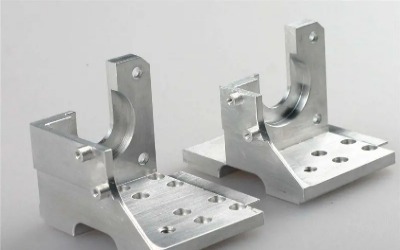
We offer a wide range of manufacturing technologies, including 3D printing, CNC machining, injection molding, vacuum casting and more. That way, we can ensure that your robotic prototype or parts will be produced with the optimal technique and material. We consistently strive to produce high-fidelity physical prototypes that will pass the most rigorous verification and testing procedures.
| Need some assistance bringing your robotic device or parts from the sketch-board to reality? The creation of a robotic system might start with an idea, but requires intensive prototyping, testing and production to bring it all to fruition. That’s why GT is here to help.
We’re proud to offer industrial-grade robotics prototyping and parts manufacturing services to our global customer base. GT is one of the few prototyping service providers that specialize in the field of robotics. Our expert team is able to provide top-quality rapid prototyping services in a quick and efficient manner.
Producing CNC Parts for the Robotics Industry CNC Machining is regularly used to produce bespoke parts for the robotic industry. Often robotic applications are highly tailored to their use case. This makes CNC Machining the ideal manufacturing option due to economically unique parts at low volumes. Examples of where CNC Machining can be used to produce robotics parts include: Robotic End Effectors Custom Jigs and Fixtures Material/Part handling and storage
|
 |
|
Why is CNC Machining the best process for producing Robotic parts? In addition to the economic benefits of using CNC Machining to produce custom parts over other moulding or additive processes, there are several important reasons why CNC machining is the process of choice. Firstly, lead times for CNC machined parts are comparatively lower than many other processes. Design to the final part can take as little as a few hours. This allows for the rapid iteration and refinement required by many custom robotic applications. Secondly, dimensional accuracy is vital in robotics. Robots often work between fixed points in space and can’t accept large deviations in dimensional accuracy. At GT, we offer CNC Machining to a standard tolerance of ±0.05mm, and higher tolerances on request. This is crucial for applications that demand precise and highly repeatable movements. Finally, CNC Machining allows for the surface finish to be controlled precisely. In many robotic cases where gripping or suction is required, part flatness and surface roughness are critical properties. CNC Machining can produce parts to a surface roughness of Ra 0.8μm and even lower with additional finishing processes. |
 |
What materials are used for Robotic parts?
Firstly, parts for robotic applications often have a requirement to be strong, tough and lightweight. Materials such as aluminium have ideal characteristics and can easily be machined using CNC Machining.
Similarly, POM (also known as Delrin and Acetal) is commonly used for robotic parts. Easy to machine, it is known for its low friction, high stiffness and superior dimensional stability. As a low-cost plastic, it is also a very economical option.